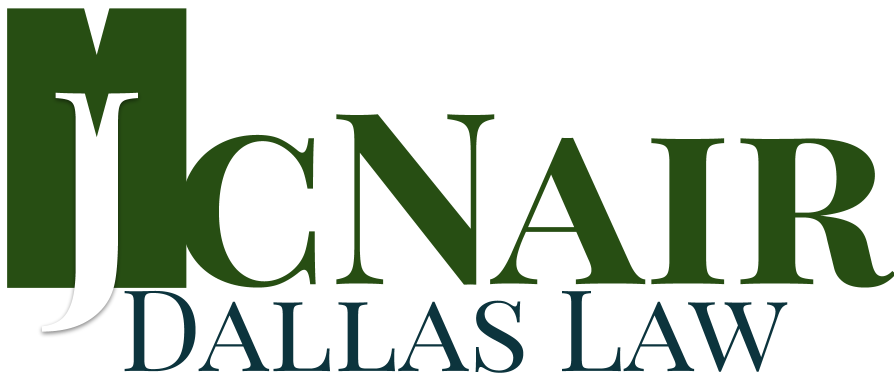Estate planning provides a number of powerful strategies to support portfolios, protect assets, and stabilize investments. A recent article from Wealth Management, “Estate-Planning Techniques in Volatile Markets,” explains how.
Grantor Retained Annuity Trusts.
GRATS are a special type of irrevocable trust created for at least two years. The trust’s grantor transfers high appreciation assets to the trust while retaining the right to receive annuity payments. The assets transfer results in no gift tax to the grantor. This is referred to as a “zeroed out GRAT,” which sets the annuity interest so that the present value of the annuity payments equals the value of the assets transferred to the GRAT. When the trust expires, the assets pass directly to beneficiaries, removing assets from the grantor’s taxable estate. When assets are depressed and recovery is expected, GRATs are used to transfer wealth with minimal gift taxes.
Charitable Remainder Trusts.
Annuity payments are made to the grantor, and remaining assets pass to the charity when the trust term ends. The CRT generates an income stream and gives the grantor a charitable deduction. When the assets in the CRT are sold, the CRT is deemed a tax-exempt entity. There are no capital gains taxes.
Charitable Lead Trusts.
CLTs work best in lower interest rate environments and are even better when funded with assets with significant appreciation potential. CLTs are irrevocable trusts that make payments to a charity during the term of the trust. At the end of the trust, remaining assets go directly to non-charity beneficiaries. If the trust is taxed to the grantor, the grantor can take an individual charitable income tax deduction.
Qualified Personal Residence Trusts.
QPRTs are used to transfer a residence to beneficiaries with minimal gift tax costs and are best for high-interest rate environments. The owner can continue to live in the home for a period of time as specified in the trust. If the owner/grantor lives longer than the term, they can remain in the home but must pay rent, another way to minimize estate taxes. If the owner dies before the end of the trust term, the transfer tax benefits may be eliminated as the trust asset may be included in the grantor’s taxable estate.
Gifting to 529 plans.
Parents and grandparents who want to limit their gifts to the current annual gift tax exclusion rate of $19,000 per person but want to do more may consider making a gift to a 529 plan for education costs. Individuals can make up to five years of contributions in one single gift to a 529 plan, making for a sizable reduction in an estate’s value. One caveat: if the donor dies within any of the five years, there may be estate and gift taxes due.
All these techniques must be reviewed with an experienced estate planning attorney to be sure they align with the overall plan’s goals. With tax season over and summer on the horizon, now is a good time to make an appointment to review your estate plan. Book a call today!
Reference: Wealth Management (April 23, 2025) “Estate-Planning Techniques in Volatile Markets”




